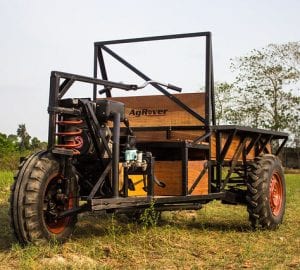
Agriculture
June 23, 2024
AgRover
Read SolutionImplemented by
MAPS (Mobile Agricultural Power Solutions)
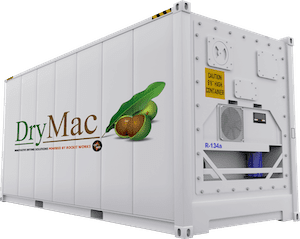
Updated on September 12, 2024
·Created on October 1, 2020
DryMac is a drier that can dehydrate products to specific moisture contents.
DryMac is a mobile container drying system that can remove moisture from a variety of agricultural products to achieve specific moisture content. It uses less electricity compared to conventional electric driers. It can also use solar power as a source of energy. DryMac has a refrigeration component that allows for the storage of the products during transportation.
Target SDGs
SDG 2: Zero Hunger
Market Suggested Retail Price
$29,060.00
Market Suggested Retail Price (Secondary Currency)
540,000
Target Users (Target Impact Group)
Community
Distributors / Implementing Organizations
Currently, the product is distributed by Rocket Works.
Regions
Africa
Manufacturing/Building Method
DryMac is built using old shipping containers.
Intellectural Property Type
Patent
User Provision Model
DryMac is distributed by Rocket Works.
Distributions to Date Status
By 2020, 4 units have been distributed.
Drying capacity (lbs/m³)
1629.1
Drying duration (hr)
Unknown
Load capacity (m³)
44
Operating temperature range (°C)
–10 to 80
Temperature control
Yes
Number of trays
4 bins
Materials of construction
Old shipping container
Design Specifications
DyMac is a drier from containers with dimensions: 12000 mm x 2400 mm x 2900 mm, designed to work in all weather conditions. It is a mobile drying system that can be used anywhere, provided it is supplied with electric or solar power. It is available in 3 formats: drier, storage unit, and drier-storage combo unit. DryMac can be stacked, allowing for use in places with limited physical spaces. Also, it can be configured to suit the available physical space and the bins can be modified into bulk bins, roll-in bins, bulk bags/crates or trolleys and trays to suit a user's needs. Primarily designed for drying macadamia wet nut in shell, it can be designed to dry other agricultural products including tobacco and some fruits. The drying system can operate by itself to dry products to a previously set moisture content. It can be managed remotely through a computer or a mobile phone app.
Technical Support
Provided by the manufacturer.
Replacement Components
Unknown
Lifecycle
10-15 years
Manufacturer Specified Performance Parameters
Designer specified performance targets include: higher efficiency and low drying cost.
Vetted Performance Status
None
Safety
DryMac has a gasifier burner that gets hot, hence, there is the chance of having skin burns while operating the product if it is not handled correctly.
Complementary Technical Systems
Electric power is needed for the drier to work. The manufacturer provides solar panels as an optional extra accessory to power the drier.
Academic Research and References
Liu, H., Yousaf, K., Chen, K., Fan, R., Liu, J., and Soomro, S. A., 2018, Design and thermal analysis of an air source heat pump dryer for food drying. Sustainability, 10(9), pp 3216.
Motevali, A., Minaei, S., Banakar, A., Ghobadian, B., and Khoshtaghaza, M. H., 2014, Comparison of energy parameters in various dryers. Energy Conversion and Management, 87, pp 711-725.
Compliance with regulations
None
Other Information

Agriculture
June 23, 2024
Implemented by
MAPS (Mobile Agricultural Power Solutions)
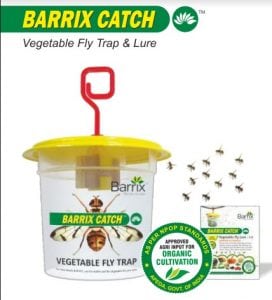
Agriculture
February 3, 2024
Implemented by
Barrix
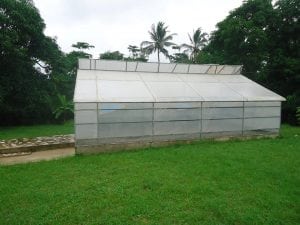
Agriculture
August 21, 2024
Implemented by
Claphijo Enterprises
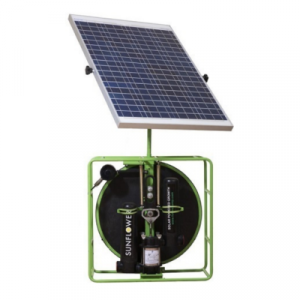
Agriculture
August 29, 2024
Implemented by
Futurepump Ltd.
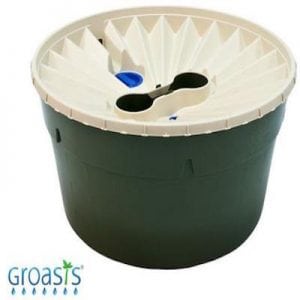
Agriculture
January 19, 2024
Implemented by
ICU/Desert Tulip/Groasis
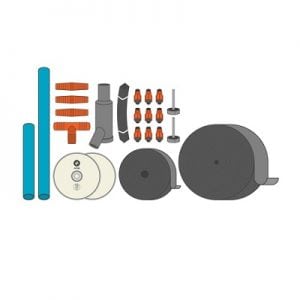
Agriculture
January 22, 2024
Implemented by
Proximity Designs

Agriculture
June 23, 2024
Implemented by
Planet Labs
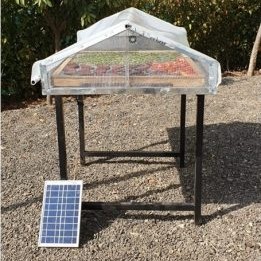
Agriculture
January 19, 2024
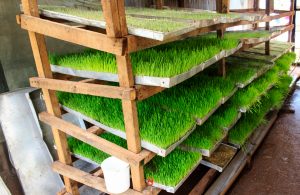
Agriculture
September 19, 2024
Implemented by
Hydroponics Africa
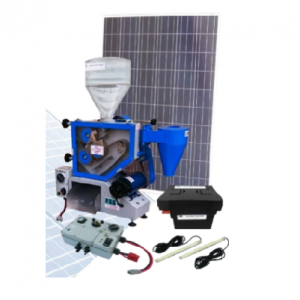
Agriculture
September 18, 2024
Implemented by
Project Support Services (PSS)
Have thoughts on how we can improve?
Give Us Feedback